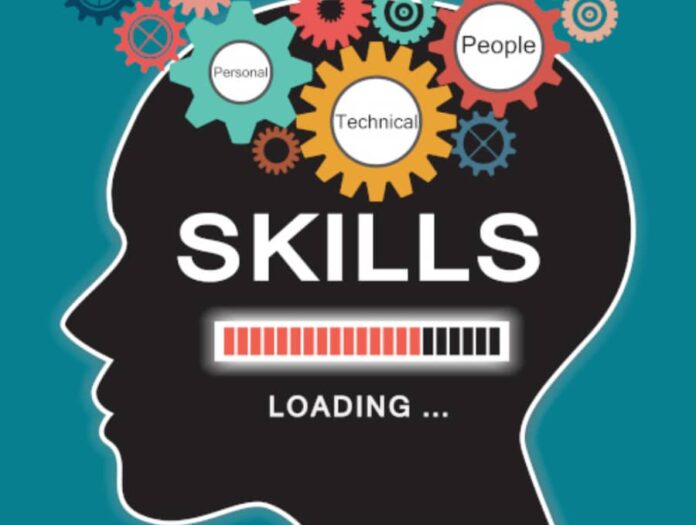
In the digital age, proficiency in digital literacy is no longer a luxury but a necessity for students.
Digital literacy refers to finding, evaluating, using, and creating information effectively and responsibly using digital technologies. To prepare students for success in the 21st century, it is essential to address the digital skills gap by integrating digital literacy into the curriculum. This article explores the significance of digital literacy and provides insights into how it can be effectively incorporated into educational settings.
The Importance of Digital Literacy
Digital literacy is crucial in a world where technology permeates every aspect of our lives. It empowers individuals to navigate the digital landscape, access information, communicate effectively, solve problems, and engage in critical thinking. Digital literacy goes beyond technical skills—it encompasses the ability to evaluate the reliability of online information, practice digital etiquette, protect personal data, and the ability to quickly find the cheapest essay writing service to take care of the least important and the most time-consuming assignments. Students are better equipped to succeed in their academic pursuits, future careers, and civic engagement by developing digital literacy skills.
Integration into the Curriculum
- Embedding Digital Literacy Standards: Establish clear and measurable digital literacy standards that outline the specific skills and knowledge students should acquire at different grade levels. These standards can serve as a guide for curriculum development and assessment.
- Cross-Curricular Approach: Infuse digital literacy skills throughout different subjects rather than confining them to a standalone course. Teachers can integrate digital research, multimedia creation, online collaboration, and critical evaluation of information into existing subject areas.
- Authentic and Real-World Applications: Foster digital literacy through authentic tasks and real-world applications. Provide students with opportunities to engage in meaningful projects that require the use of digital tools and resources. For example, they could conduct online research, create multimedia presentations, or participate in digital storytelling activities.
- Professional Development for Teachers: Offer professional development programs and ongoing support for teachers to enhance their own digital literacy skills and pedagogical strategies. Teachers should be equipped with the necessary knowledge and confidence to integrate technology effectively into their teaching practice.
- Digital Citizenship Education: Integrate digital citizenship education into the curriculum to teach students about responsible and ethical online behavior. This includes topics such as cyberbullying, online privacy, digital footprints, and copyright laws. By fostering responsible digital citizens, we can create a safer and more inclusive online environment.
Assessment and Evaluation
- Performance-Based Tasks: Design authentic tasks that allow students to demonstrate their digital literacy skills in real-world scenarios. This can include projects, presentations, or multimedia creations that require students to apply their digital skills and critical thinking.
- Rubrics and Checklists: Develop clear rubrics and checklists that outline the criteria for evaluating digital literacy skills. These assessment tools provide students with guidance and promote transparency in expectations.
- Digital Portfolios: Encourage students to maintain digital portfolios showcasing their work and growth in digital literacy. This allows students to reflect on their progress, set goals, and showcase their achievements to both teachers and potential employers.









